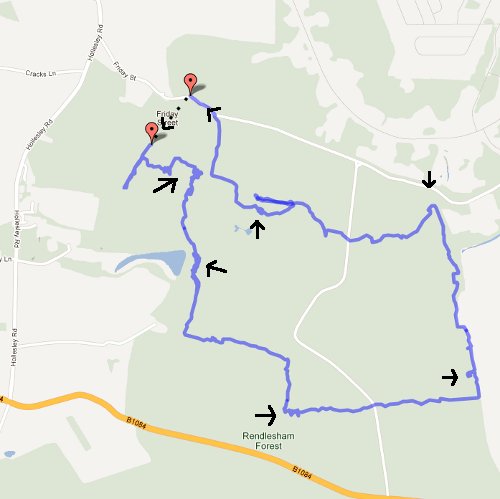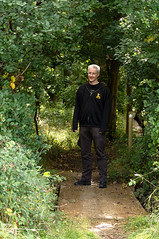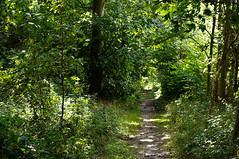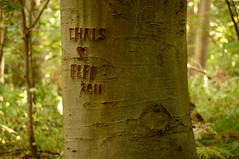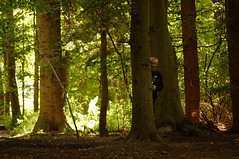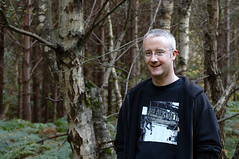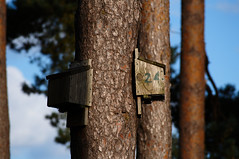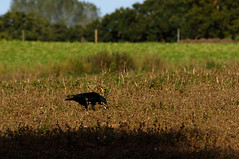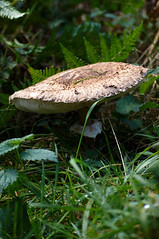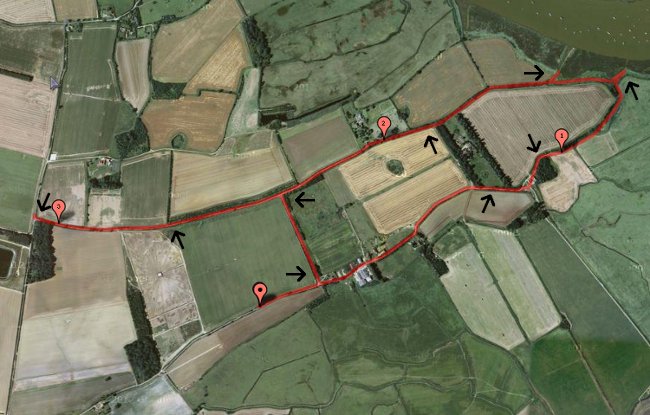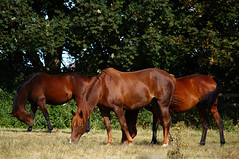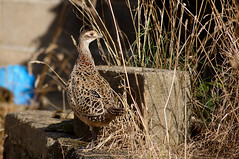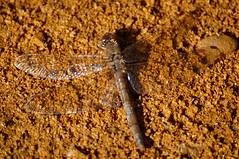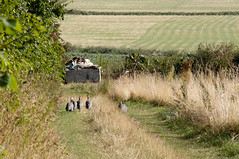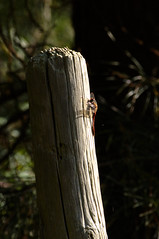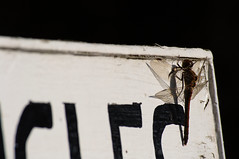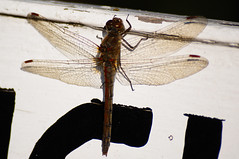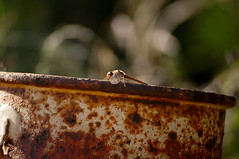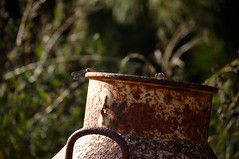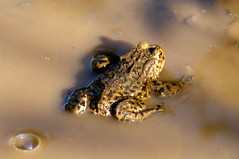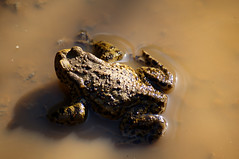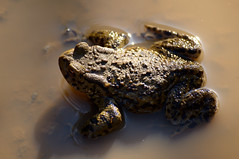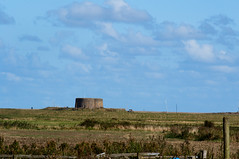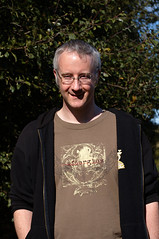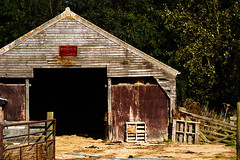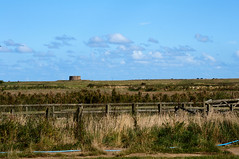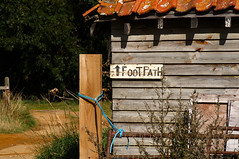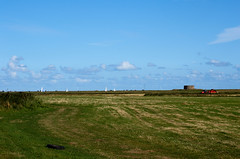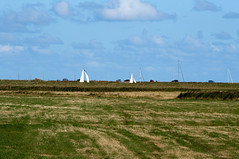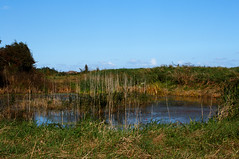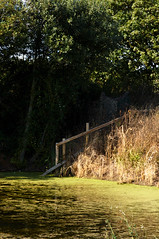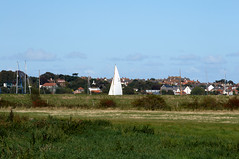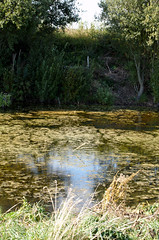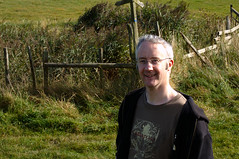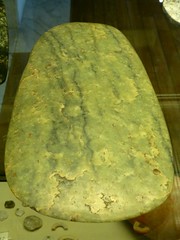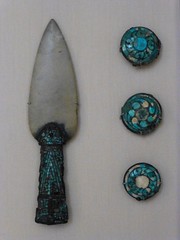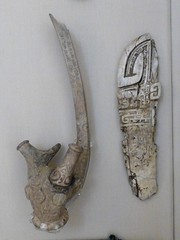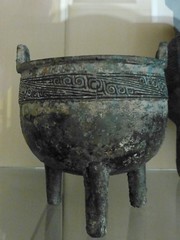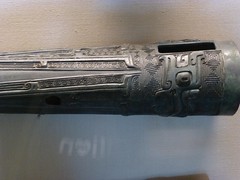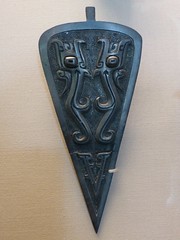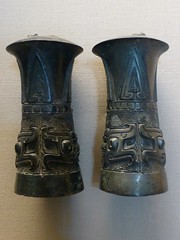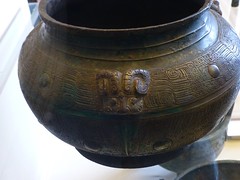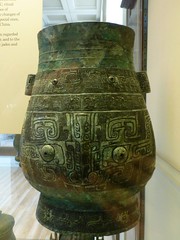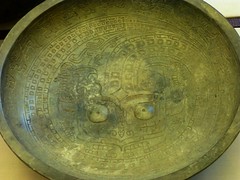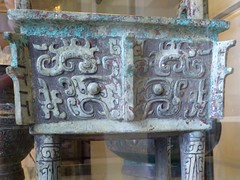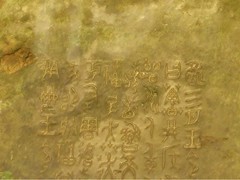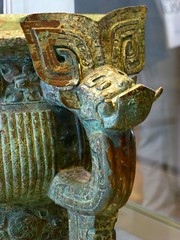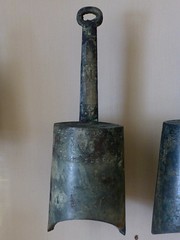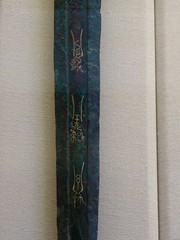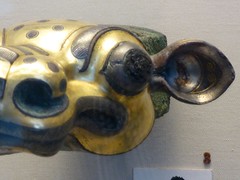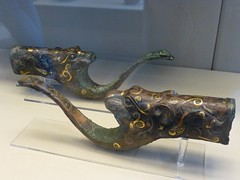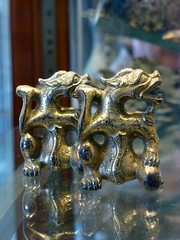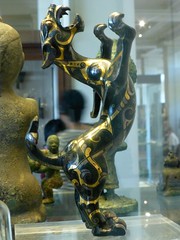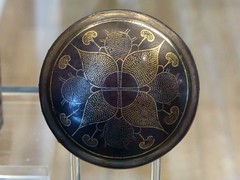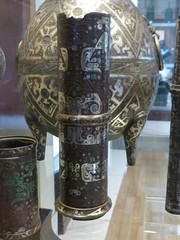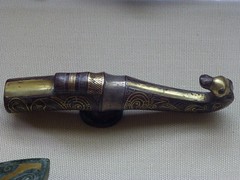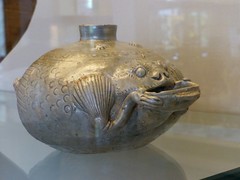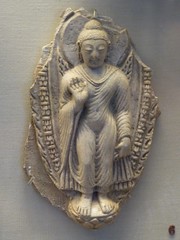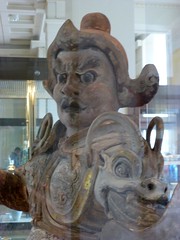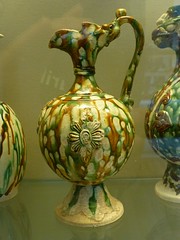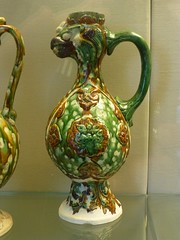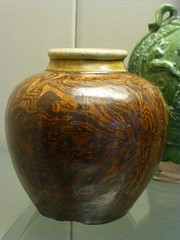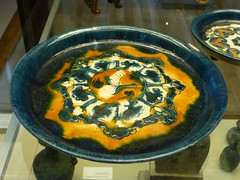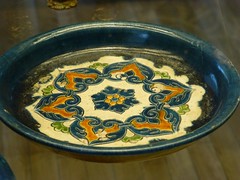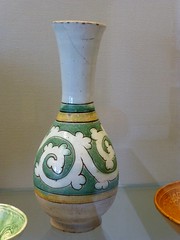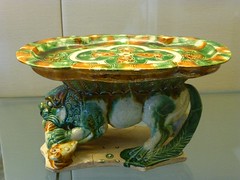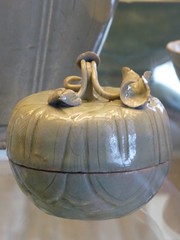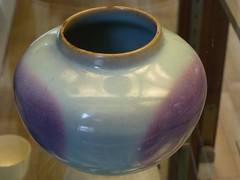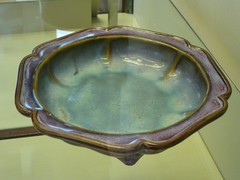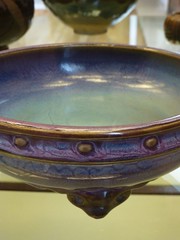The first TV night for a while, since we’ve been away or J’s been out or we’ve both been out on a Wednesday for several weeks. We started off with the last in the Britain’s Secret Treasures series that was broadcast on ITV a while ago. A technical niggle first – I don’t know if it’s our PVR or if it’s the channel itself, but the sound and images on ITV HD always seem just slightly out of sync. I noticed it during the World Cup and now with this series, it’s not a problem most of the time but with close-ups of people talking it’s a little disorienting.
The series was looking at the top 50 objects that have been found in recentish years by members of the public, chosen and ordered by Bettany Hughes and a panel of fellow experts. The programmes were presented primarily by Bettany Hughes & Michael Buerk … and I’m not entirely clear why Michael Buerk. He didn’t seem to’ve been involved in the choice or anything, effectively he was there to be a “pretty face” (or alternatively to provide an authoritative male figure for those who’d think Hughes too female to count?). Perhaps I’m over cynical here. Each object then had a short segment of film where some tenuously linked celebrity (like Michael Portillo looked at a Roman coin because it had an emperor on it and Portillo used to be the Defense Secretary so that’s all the same sort of thing – seriously, that’s what they said!) or an expert in the subject went off to the site it was found, and/or somewhere relevant, and told us about the object and why it was significant, and maybe interviewed some experts on the subject.
The best thing about the series was the chance to see all these lovely things, and to hear the stories about the lucky finds. And in general I thought the objects were well chosen – I don’t know if they’d be my top 50, not only am I not an expert but I don’t know what the choice was from, but I thought they were a good top 50 if that makes sense. And I don’t regret watching the programmes.
But – and you could tell there was a “but” coming, couldn’t you? But I think there were some odd choices in the presentation of the series. By necessity it was a shallow look at the objects, but some choices of what to dwell on and what to gloss over were odd. The one that sticks particularly in my mind is the programme where we had a 5 minute segment of Hughes scuba diving in a river looking for coins (the objects this was related to had been covered earlier for 5 minutes already), and there was at least one object in that programme that got about 2 sentences & moved away from. Personally I’d’ve skipped the diving and looked at the actual objects more. There were also some odd choices of experts – particularly this last programme where both J and I were spluttering over the choice of a priest to talk about a 4000 year old gold cup. Yes, it was found in what was probably a temple, but I don’t think a spiritual leader of Christianity has any special insight into possible religious practices of people who lived in Britain around 2000BC, and leaping from how the rituals around the chalice in Christianity are about both communion with God and communion with the community to how this cup must’ve also been part of a communion ritual seemed like a very good example of bringing one’s own cultural blinkers along. (I’m not saying it’s not true, I don’t actually know anything about the subject, but I am saying I thought it was a poor argument.)
So in summary, good to have seen but at times eye-rolling to listen to.
Our second programme of the evening was the first episode of Neil Oliver’s new series, Vikings. This is actually only timeshifted by a little over a week, quite prompt for us!
I’ll start with the negative, and get it out of the way – I don’t like the stylistic choices of the director and/or cameraperson for this and the other recent Neil Oliver serieses (the one about the Bronze Age and before & the one about the Iron Age, I can’t remember what they were called). Basically they make me notice the camera too much, my preference for a documentary is for it not to try too hard to be “arty”. They do stuff like when they’re showing you an object they have a narrow depth of field and shift the focal plane around – and I just want to see the whole thing, damnit. Also shaky cam while he’s walking along talking to the camera, which I think is supposed to make it feel intimate but just reminds me there’s a cameraperson there. Having said that – both of those were toned down from the previous serieses. They’d added a new trick though, shots that made everything look minature – street shots where it looked like little mobile dolls walking between dolls houses. Which I found deeply deeply creepy in a visceral fashion.
However, that’s enough bitching about the filming. The programme itself was interesting, and it promises to be an enjoyable series. The premise is to look at the Vikings from the Viking point of view & this first programme was setting the scene. First we had a brief section reminding us of the things “we all know” about Vikings, just to get us all on the same page at the start. So he spent a little bit of time in York with a few wee toy models of Vikings and some kids dressed up with helmets & swords playfighting, pointing out that most of this is later myth. And then we were off to Scandinavia to look at both the land the Vikings came from, and their history before the first raids on Europe.
The land obviously shapes the society that lives in it – and particularly in the far north of Scandinavia, like Norway, there isn’t much arable land. Clearly over time this leads to population pressure, so a culture of young men going out adventuring would ease this both by killing some of them off and by having them bring back wealth from other more fertile regions. This and the amount of coast also makes seafaring important – during the sort of time period that Stonehenge was built, the people on Gotland were building stone ship shapes. An integral part of their culture even in the Bronze Age.
He also made the point that Scandinavia was never part of the Roman Empire, and this shaped the people & culture by not shaping them. The Scandinavians kept their old gods, rather than being integrated into Roman religion and then later into Christianity. And their gods and religion emphasised that while you will inevitably die your reputation will live forever. I wish I could remember the exact words – there was a segment of the programme where he talked to a scholar who was an expert on the old religion & she read out some of what I think was an Old Norse book about it, and translated it into English for us. It was much more poetic than how I phrased it. And what mattered to a Viking about his reputation was that he wasn’t a coward – honour and glory were what would keep your memory alive.
As well as keeping their own religion they also weren’t urbanised by the Romans – so while the south of Scandinavia (Denmark) had wealthy individuals and even regional kings, they weren’t organised in towns. I think the point here was that this is a contrast to the way that the ex-Roman Empire parts of Europe thought that a society was automatically organised. As part of this section he also showed us objects that demonstrated that the southern Vikings at least did have trade connections to quite far afield. Some very impressive silver cups which I think were from the Mediterranean and were decorated in a Roman style with scenes from the Iliad. Also the bones of two women from a ship burial just before the time of the first Viking raids on Britain – and one of these women DNA analysis has shown that she may’ve had some connection to Middle Eastern peoples. (I was unclear if he meant that she herself was from the Middle East or if she had ancestors from the Middle East, perhaps because that’s not actually known.)
So that was a fairly brisk sweep through a vast swathe of history & geography to give us a flavour of where the Vikings came from both culturally & physically. Next I guess we’re on to what the Vikings actually did 🙂
